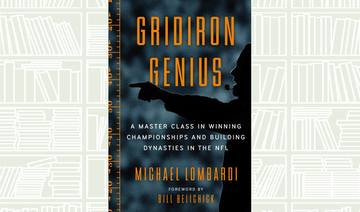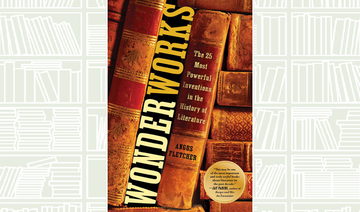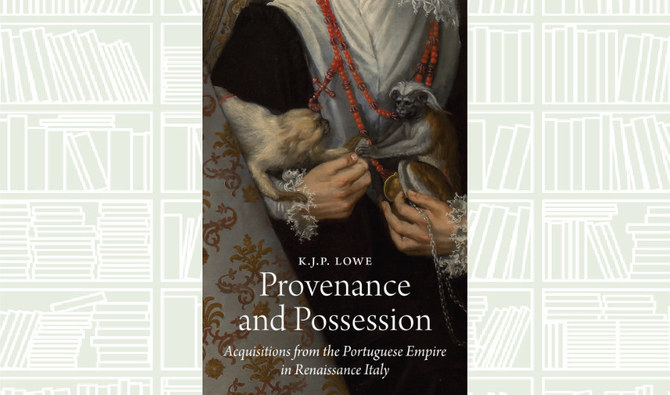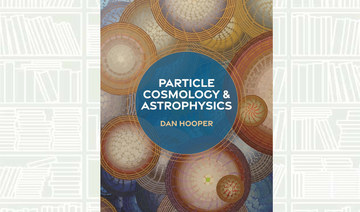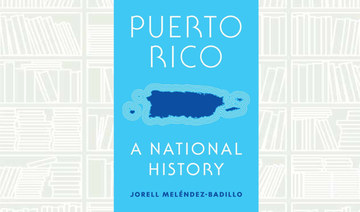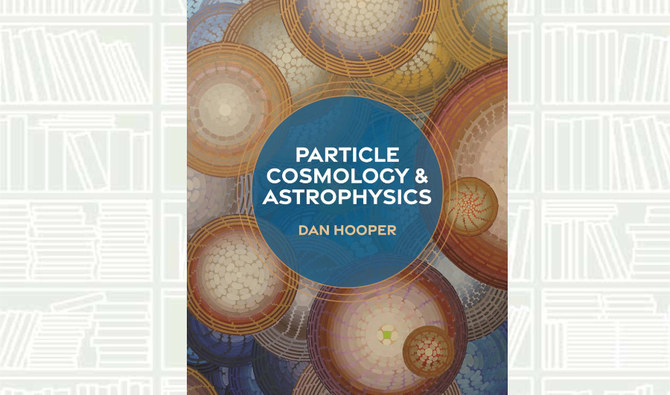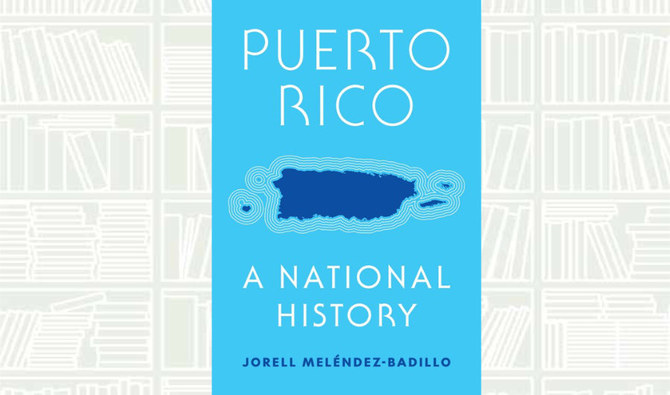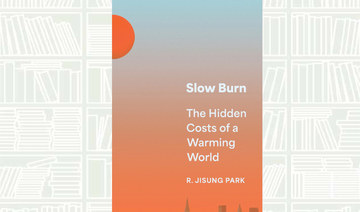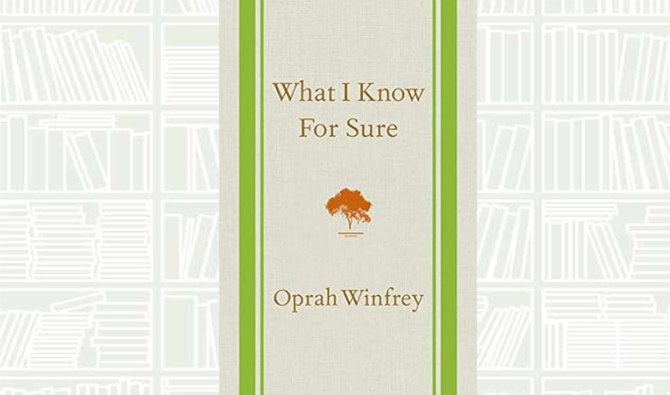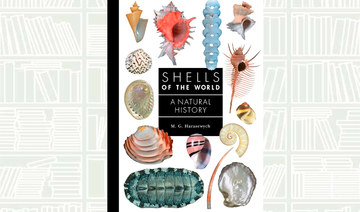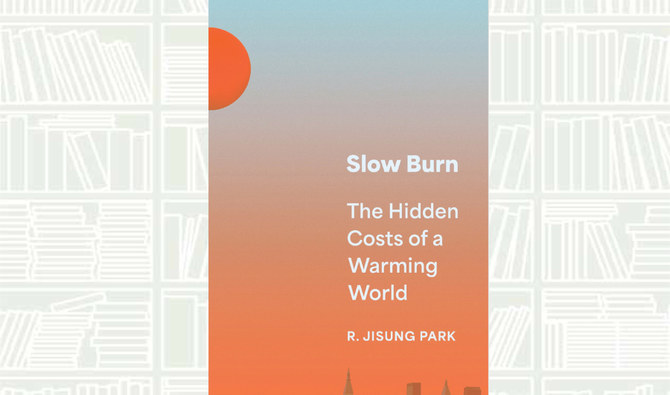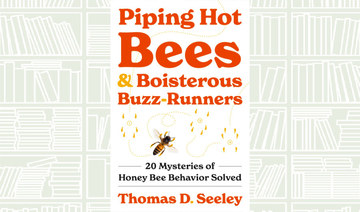In Blood, Sweat and Chalk, Tim Layden takes readers into the meeting rooms where football’s most significant ideas were hatched. He goes to the coaches and to the players who inspired them, and lets them tell their stories.
The modern game of football is filled with plays and formations with names like the Counter Trey, the Wildcat, the Zone Blitz and the Cover Two.
They have become part of the sport’s vernacular, and yet for many fans they remain just names, often confusing ones. To rectify that, Layden has drilled deep into the core of the game to reveal not only how these chalkboard X’s and O’s really work on the field, but also where they came from and who dreamed them up.
These playbook schemes, many of them illuminated by diagrams, bear the insignia of some of the game’s great innovators, men like Vince Lombardi, Don Coryell, Tom Osborne, Bill Walsh, Tony Dungy and Buddy Ryan.
In this book, Layden provides a fascinating guide to the game, helping fans to better see the subtleties of America’s favorite sport.




